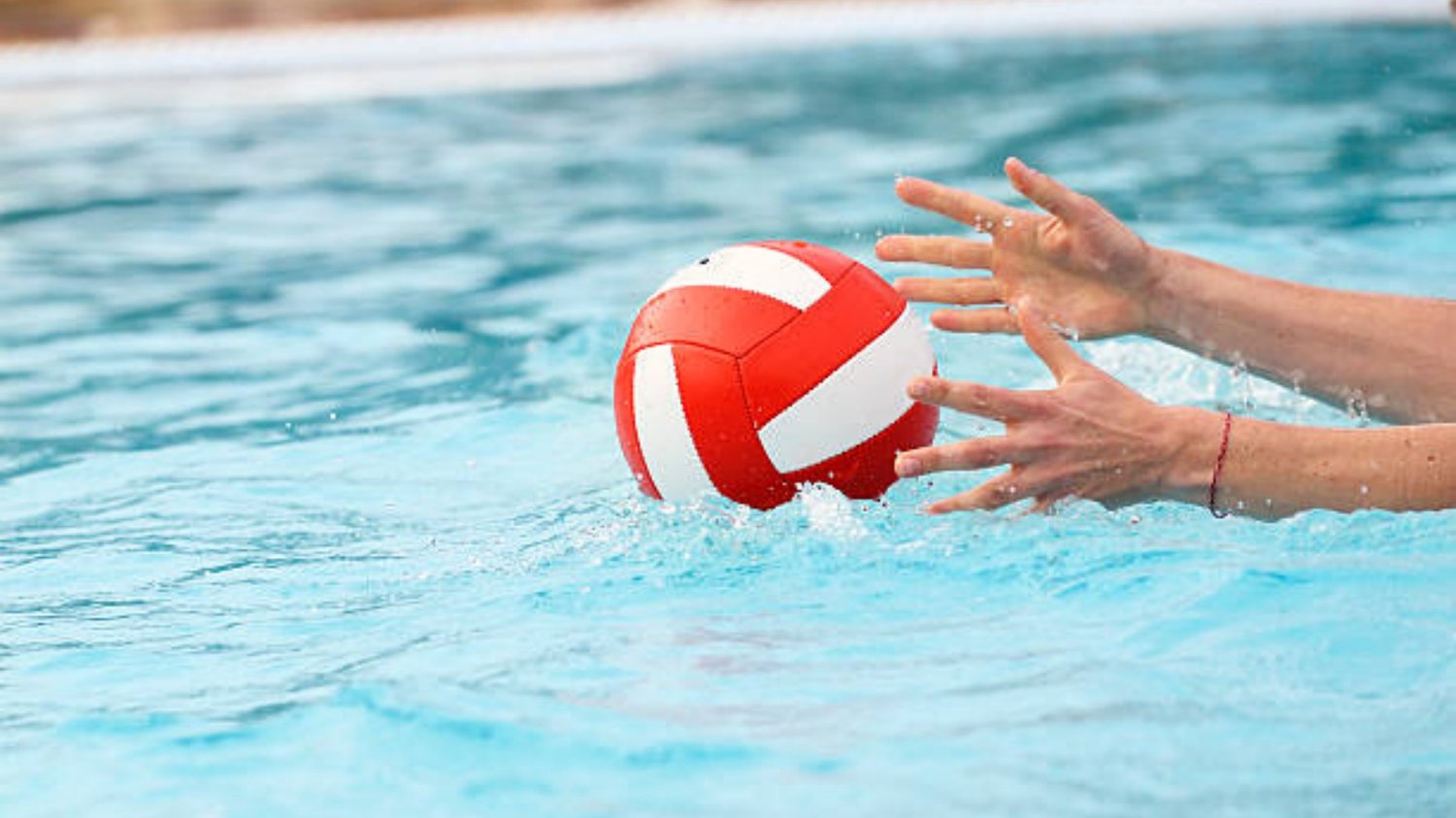Table of Contents

The Ball Used in Polo: A Comprehensive Guide
Polo, often referred to as the "sport of kings," is a thrilling equestrian sport that has been played for centuries. This fast-paced game requires skill, strategy, and precision from both players and their equine partners. One crucial element of this sport is the ball used during gameplay. In this article, we will delve into the world of polo balls, exploring their characteristics, history, and importance to the game.
The Evolution of Polo Balls
Polo balls have come a long way since the inception of the sport. The earliest forms of polo were played in ancient Persia, where rounded objects made from animal bladders were used as balls. As polo spread to other regions, different materials were tried, including wood and leather. However, it was in the late 19th century that the modern polo ball as we know it today began to take shape.
The Composition of Polo Balls
Modern polo balls are typically made of a hard plastic shell, which encases a core made of cork or rubber. The plastic shell provides durability and resistance to the intense impact that occurs during gameplay, while the cork or rubber core offers the necessary weight and bounce.
The Size of Polo Balls
Polo balls vary in size depending on the level of play and the governing polo association. The most commonly used size is between 3 and 3.5 inches in diameter, which allows for optimal handling and control. Smaller balls, such as those used in arena polo, are also available.
The Weight of Polo Balls
The weight of a polo ball is a crucial factor in the game. It affects the speed and trajectory of the ball when struck by a player's mallet. Typically, polo balls weigh around 4.25 to 4.5 ounces (120 to 130 grams). The weight is carefully regulated to ensure fairness and consistency in gameplay.
The Color of Polo Balls
Traditionally, polo balls were white in color, making them highly visible against the green grass of the polo field. However, as the sport gained popularity and was played in various weather conditions, the need for colored balls arose. Today, polo balls come in a range of colors, including red, yellow, and blue, to enhance visibility during gameplay.
The Durability of Polo Balls
Polo balls are subject to intense impact and wear during gameplay. To ensure durability, they are designed to withstand the force of powerful mallet strikes and the impact of being hit by horses' hooves. The hard plastic shell of modern polo balls provides the necessary strength and resilience to withstand the demands of the game.
The Role of Polo Balls in Gameplay
The polo ball is a central element of the game, and its characteristics directly impact gameplay. The weight and size of the ball affect how it travels through the air and how it interacts with the mallet. The hardness of the ball determines its bounce and the level of control players have over it. Mastery of the ball is essential for players to execute precise shots, passes, and defensive maneuvers.
The Importance of Choosing the Right Polo Ball
Choosing the right polo ball is crucial for both professional and amateur players. Each player has their own preferences when it comes to the weight, size, and hardness of the ball. Additionally, the type of polo being played, be it grass polo, arena polo, or snow polo, may require specific ball characteristics. Finding the perfect balance between control, power, and durability is essential for an enjoyable and successful game.
The Future of Polo Balls
As technology continues to advance, the world of polo balls is also evolving. Innovations in materials and manufacturing techniques are constantly being explored to create polo balls that offer improved performance, durability, and safety. The future may see the introduction of smart balls equipped with sensors to provide real-time data, enhancing the overall experience of players and spectators alike.
In Conclusion
The ball used in polo plays a vital role in the dynamics and excitement of the game. From its humble beginnings as an animal bladder to the modern plastic-cored ball, the evolution of polo balls parallels the growth and development of the sport itself. Whether it's the size, weight, color, or durability, every aspect of the polo ball is carefully considered to ensure a thrilling and competitive game.
